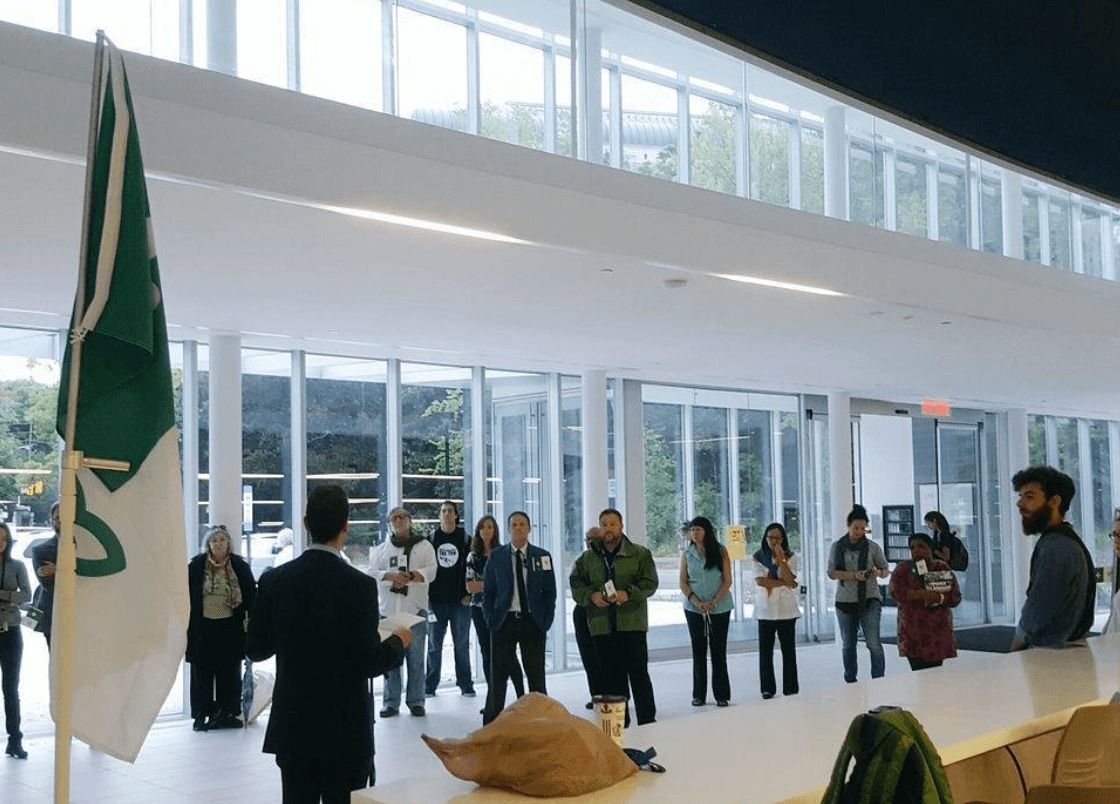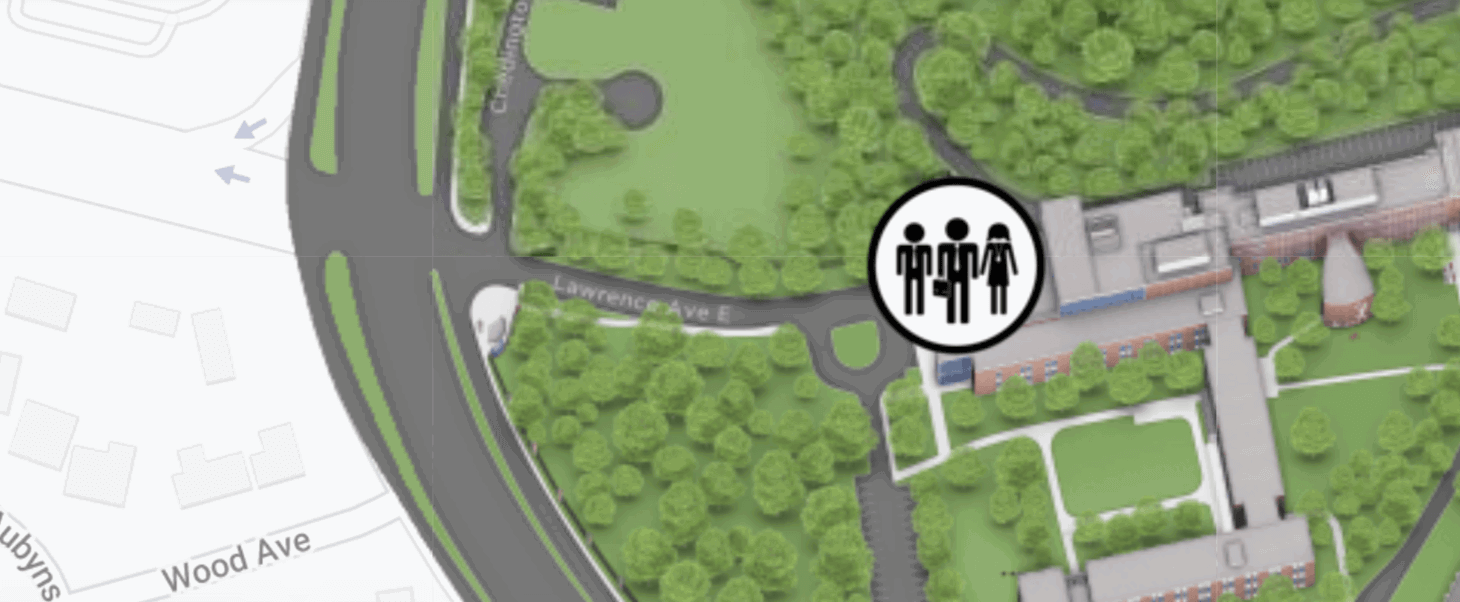COE

As a group we came to the conclusion that we wanted to analyze the air quality of the school from the very front of the school, being the COE to the back of the school, being the theatre to come to the most accurate conclusion about the air quality at Glendon.

Our prediction for the air quality in the COE was that the sensor would show good to moderate air quality because of the constant air flow coming from outside. The continuous student traffic entering and leaving the building through the doors at the front of the COE would allow a constant opportunity for air flux. We predicted that the air would be excellent especially during peak hours which is usually 30 minutes before classes as there would be a larger volume of students accessing the COE building. We also predicted that the air quality would become poor during non peak hours because the door would not be opened as much allowing a restricted amount of fresh air into the COE.

We deployed our sensor in the COE from March 4-March 16. During this time we obtained a lot of insightful data. From Monday to Friday, the sensor picked up more change in air quality compared to the weekend. During peak hours (30 minutes before classes), the sensor displayed that the air quality was consistently unhealthy. The air quality would remain unhealthy for about the first hour of classes. That is when the most traffic would be entering and leaving the building. The air quality would change to good and moderate when there was not much traffic coming into the building. When we checked the sensors at night, around 9pm each night, the air quality improved significantly. As a group we observed that on the weekends, Glendon does not have many students entering or leaving the building through the COE resulting in the air quality being constantly good throughout the day. The temperature of the school fluctuates between 20-25 degrees celsius. It tends to be colder when there is less students entering and leaving the building. The humidity increases after 8 am every day to above 25%.
As a group, the difficulties faced deploying the sensor in the COE were similar to the ones faced in other locations. Because the sensor is at the very front of the school, we worried about the possibility of someone stealing the sensor as we had to leave it unattended for multiple days at a time. We created a sign that instructed students it was a sensor in use for the communications department and placed it above the sensor. The sign was also helpful for students and staff to understand that it was a sensor and nothing to be worried about. The placement of the sensor in the COE had an outlet that was accessible to charge the sensor to keep it running continuously without worrying about the power supply. To our surprise, our prediction were wrong. The air quality at Glendon was at its best on the weekends at night when the COE did not have a heavy volume of students entering and leaving. The air from outside did not help the air quality inside the building but made it worse.
-Cassandra



